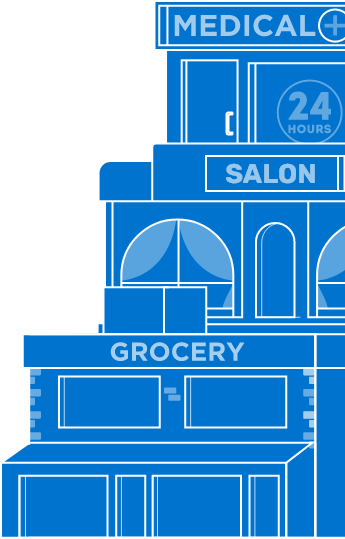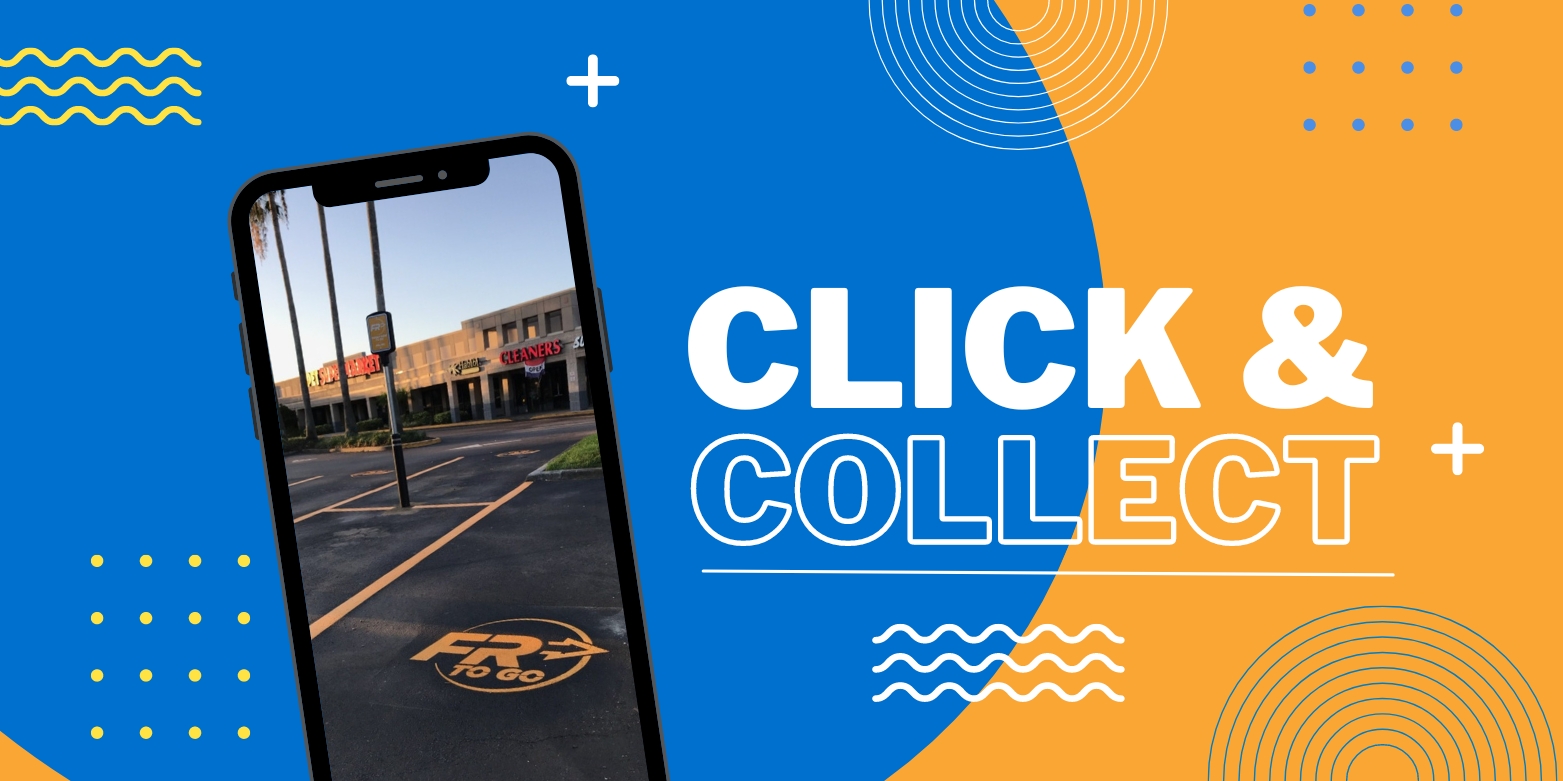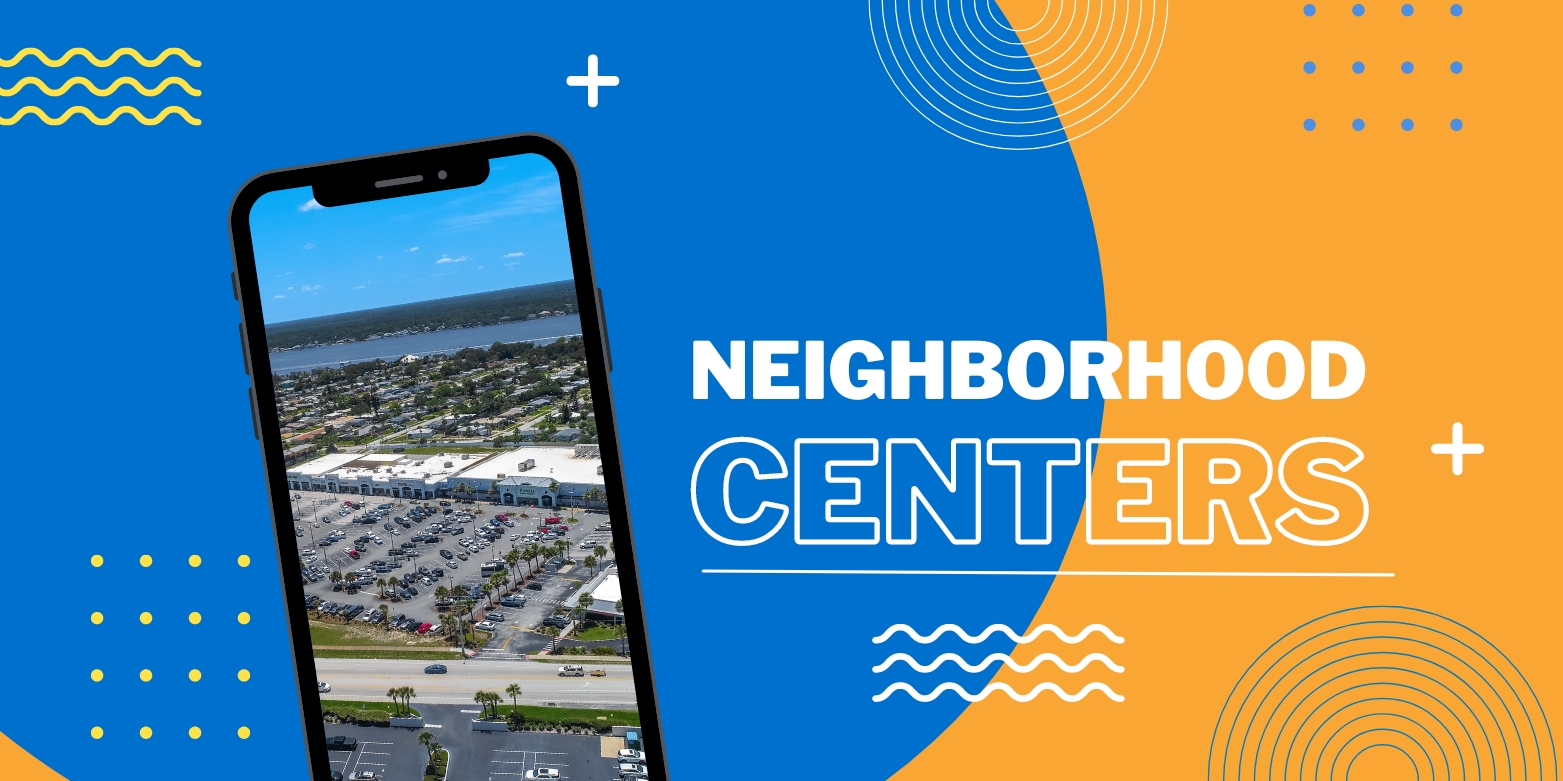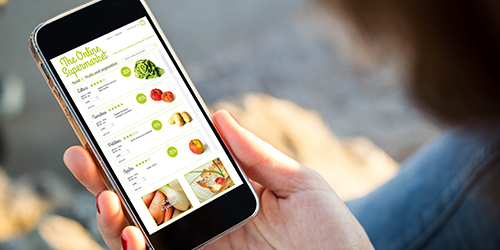Published On Feb 10, 2016
in Grocery
The beginning of the year is a great time to reflect on where we’ve been and where we are headed. What new directions might the marketplace take in 2016? How can we as retail experts take advantage of these trends?
Our team at Phillips Edison has predicted the top five grocery shopping trends for 2016:
- Look for an increasing crossover between in-store and online shopping. According to a recent report from Forrester Research, e-commerce transactions on smart phones continue to grow significantly. It is estimated that sales via smart phones will increase from $3 billion in 2010 to over $30 billion in 2016. As a result, consumers are looking for digital tools that make the shopping experience easier, quicker and cheaper. Retailers are starting to incorporate these tools into the in-store experience. Push notification coupons via low energy wireless networking, mobile payment options and apps will become more common. An example of a popular app is one that organizes your recipes into a list and then arranges that list by grocery aisle.
- Transaction vs. interaction. With so many places to shop and consumers moving online for everyday purchases, the physical store must be redefined. Retailers will transform stores to better connect with shoppers such as designing lifestyle spaces to educate and inspire, providing hybrid services and offering sensory experiences (scent, sight, sound, taste and touch) to bring store concepts to life. Take a look at the number of grocers that are now offering cooking classes.
- Discount stores become primary stores. Discounters, big and small, will continue their global expansion and morph into a shopper’s primary store by expanding organic offerings, fresh bakeries and perishables to capture more mainstream consumers. According to a study from Mintel, one side effect from the global financial crisis from a few years ago is that consumers “have exchanged the ‘bigger is better’ mantra for right-sized purchases and supporting small business.” With an elevated shopping experience and promise of lower prices, we will start to see consumers using discount stores as the first place they shop for everyday items.
- ‘Big data’ will be captured at the point of transaction, not just online. Consumer loyalty is largely driven by experience, more so than any other factor. The ability to capture customer opinions both online and in-store will become even more important. POP surveys and technology that tracks in-store traffic will feed the big data engine.
- Shifting from value to values. Consumers, especially Millennials, are asking retailers to align with their core values including sustainability, diversity and purpose. Successful retailers will find a way to demonstrate purposeful purchasing to consumers, from mission-based programs and messaging to more sustainable product development, such as gender-neutral retail. This is a platform big food brands must recognize, and where Whole Foods has thrived for years.
Bob Myers





